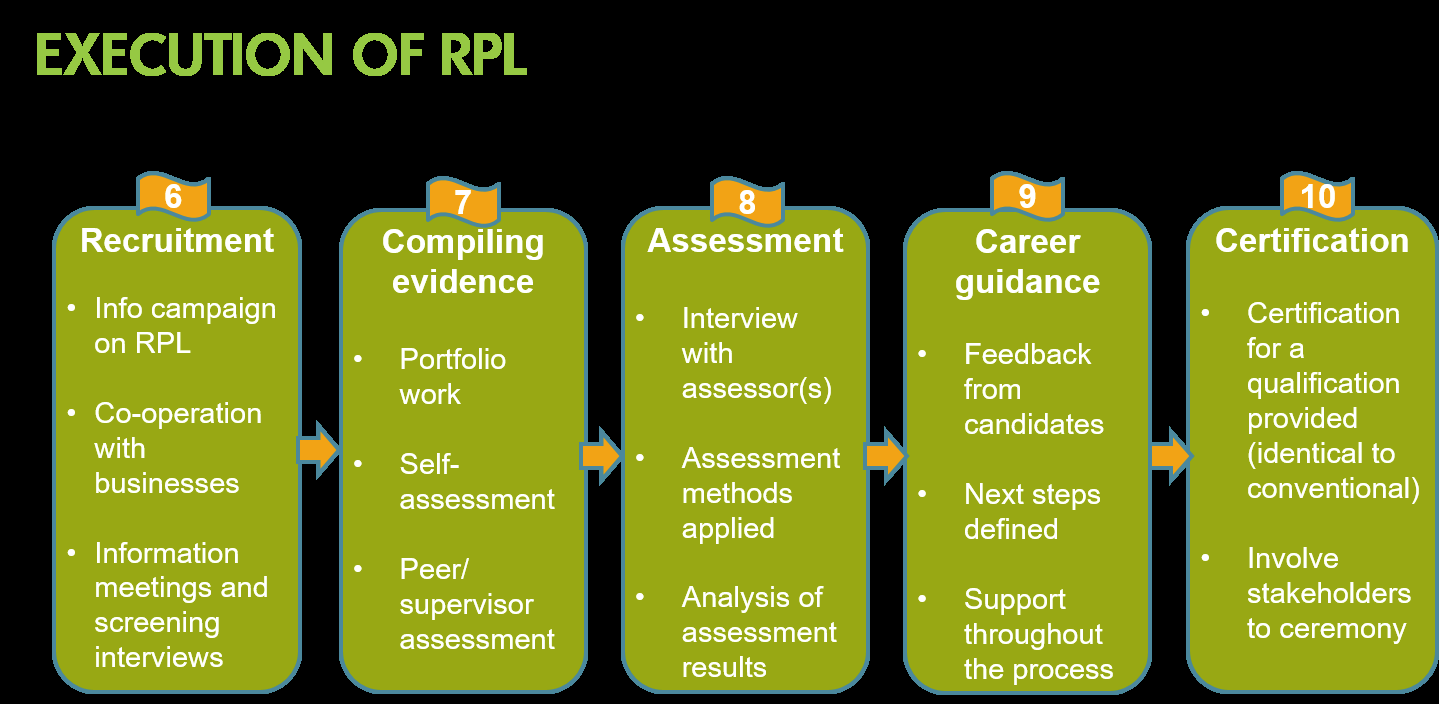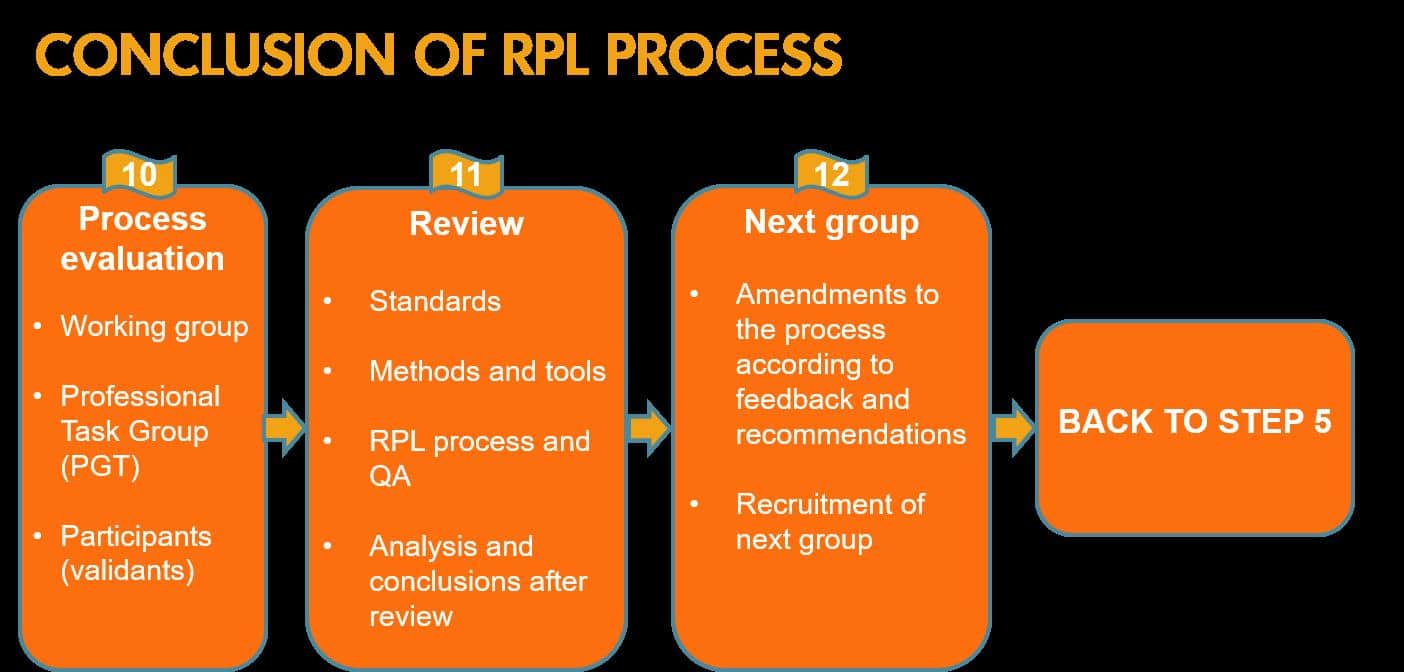Desk research on existing VNFIL good practices and tools
COUNTRY – THE REPUBLIC OF NORTH MACEDONIA
NAME OF THE PRACTICE OR TOOL – HANDBOOK FOR ASSESSMENT IN THE CONTEXT OF VALIDATION OF NON-FORMAL AND INFORMAL LEARNING – TRAINING OF ASSESSORS
-
AIM
|
– to introduce the tool for training of assessors in VNFIL – to support training of assessors in VNFIL
|
-
OBJECTIVES
- To recognize and support validation of non – formal and informal learning as the basis to the development and sustainability of a validation in VNFIL;
- To have clear principles, policies and regulations for all practitioners – assessors in VNFIL
-
TARGET GROUP
Adults, as the tool has been developed by Adult Education Center in Skopje
-
SECTOR
All sectors
-
HOW TO USE
The Handbook is available on the internet for free, can be downloaded and used practically.
This Handbook to support training of assessors is structured in eight main chapters, as listed below:
- VNFIL process and quality assurance
- Individual in the centre of the process
- Competence profile and role of the counselor
- Competence profile and role of the assessor
- Assessment process
- List of assessment tools
- Implementation of VNFIL process
- Appendices
The Appendices include practical tools and a rich list of sources and literature. Other separated training support materials complement the Handbook.
Implementation of the VNFIL process in North Macedonia is defined as follows:
/RPL is used as synonim for VNFIL/



-
LINKS WITH OTHER TOOLS
No links found.
-
SOURCE OF INFORMATION (LINK TO A WEBSITE)
Authors:
Anni Karttunen, Programme manager/Adult learning, Finnish national agency for education https://www.oph.fi/english
Maja Korubin (CAE), Konstantin Hristovski (CAE), Ognen Spasovski (Expert, North Macedonia)
Link to the handbook: https://www.etf.europa.eu/sites/default/files/event/22Nov2017_Handbook%20VNFIL%20assessment_fYR%20Macedonia_Engl_with%20Intro_FINAL.pdf



